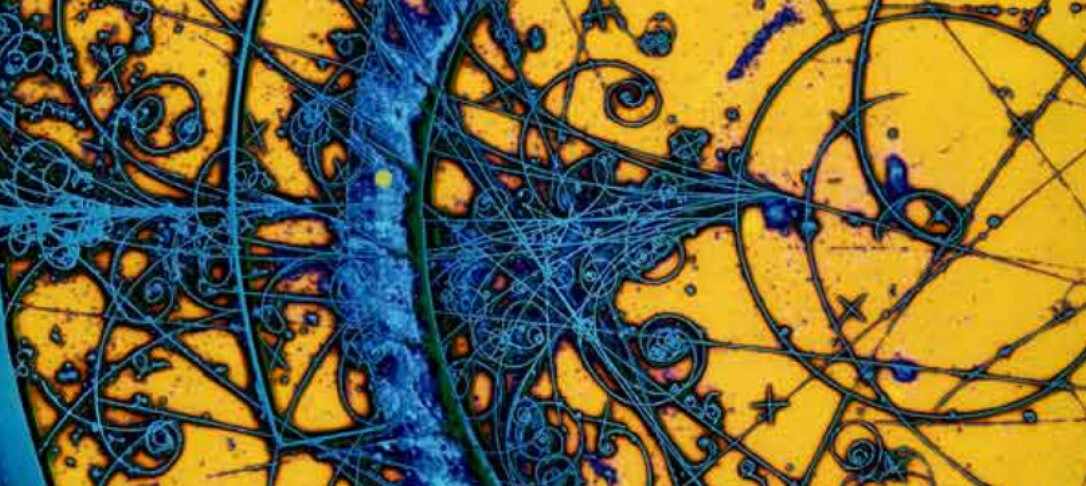
There are good theoretical reasons to believe that magnetic monopoles – particles with a single magnetic north or south pole – should exist, but no sign of them has been seen in astrophysical observations and cosmic ray searches. This indicates that they do not seem to be present in large numbers in the Universe today. But could they be produced in particle collisions at the LHC and future colliders? In this talk, I will review the experimental and theoretical status of these searches. I will highlight the theoretical problems which make it difficult to draw conclusions from proton-proton collisions and argue that the dual Schwinger pair production process in ultraperipheral heavy ion collisions provides a more reliable approach. I present recent results by the MoEDAL collaboration obtained by analysing aluminium trapping detectors from Run 2 of the LHC and the CMS beam pipe from Run 1, which exclude existence of magnetic monopoles of masses below 75-80 GeV for up to 45 Dirac charges.